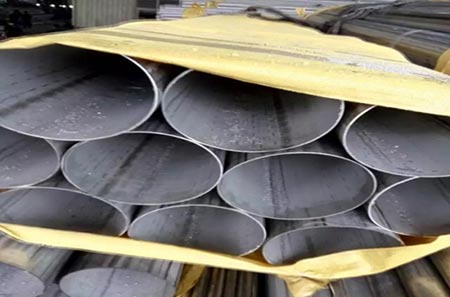How do you join stainless steel tubing?
Joining stainless steel tubing can be done using several methods, each suited to different applications and requirements. Here are some common methods:
Welding:
TIG (Tungsten Inert Gas) Welding: Provides high-quality welds and is suitable for thin-walled tubing. Requires skill and precision.
MIG (Metal Inert Gas) Welding: Faster than TIG and easier to learn but might not produce as neat a weld on thin materials.
Resistance Welding: Includes spot welding, seam welding, and projection welding, used for joining thin sheets or tubing quickly and efficiently.
Brazing and Soldering:
Brazing: Uses a filler metal that melts at a temperature above 840°F but below the melting point of the base metals. It provides a strong joint and is often used in applications where welding isn't suitable.
Soldering: Similar to brazing but uses a filler metal that melts below 840°F. It's less common for stainless steel tubing but can be used in certain applications.
Mechanical Joining:
Compression Fittings: Use a compression ring (ferrule) that tightens around the tubing when a nut is screwed onto a fitting. These are useful for joining tubing in plumbing or hydraulic systems without welding.
Flared Fittings: The end of the tubing is flared outwards using a special tool, and then a fitting is screwed over the flare to create a tight seal.
Push-to-Connect Fittings: These fittings allow the tube to be pushed into a fitting and locked into place with an internal mechanism. They are easy to install and remove.
Adhesive Bonding:
Special adhesives designed for metals, such as epoxy or anaerobic adhesives, can be used to join stainless steel tubing. This method is less common for high-stress applications but can be useful for certain low-stress or temporary joins.
Crimping:
This involves using a special tool to deform the tubing and a fitting in such a way that they are mechanically locked together. Crimping is quick and doesn't require heat, making it useful for certain applications, particularly in plumbing.
Each method has its own advantages and limitations depending on factors like the environment, required strength, precision, and available tools. For high-strength and high-integrity applications, welding is typically preferred, while mechanical joining methods can be convenient for less critical connections.
Previous: >> How do you install stainless steel tubing? Next: >> Is stainless steel pipe stronger than steel pipe?







